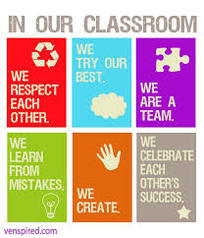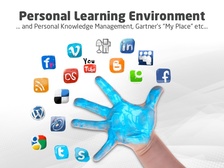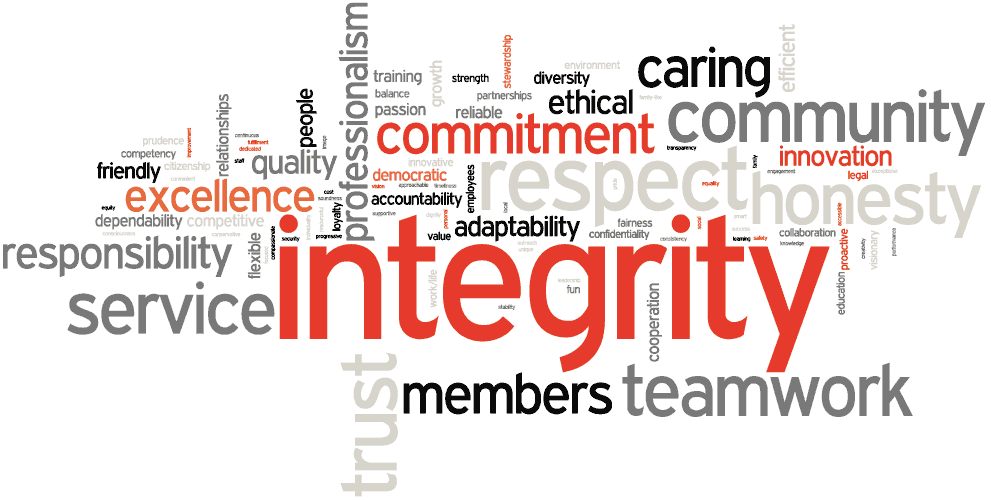|
Today, An Educator wears many hats. On a daily basis teachers must assess student progress, capture hearts, create meaningful experiences relevant to learning, and introduce rigor at all levels that challenge students academically, socially and mentally. This challenge has led many classroom teachers to leave the profession and look for more meaningful employment. If this crisis is not addressed soon, it may lead to a mass reduction in qualified teachers who actually care about the “Whole child”. Teachers can only be responsible for what takes place in their classroom. This article greatly sums up what the teacher can do to make each day inside the classroom worthwhile. It includes three concepts that are reinforced daily in all of my classes. These concepts are a classroom code of conduct, reinforcing positive behaviors and always being positive.
Entrepreneurship is perfect for a Positive Learning Environment. The whole idea is to motivate children to be a positive influence in the classroom, around the school and in society. It is important for any teacher to establish this positive role from the beginning. To accomplish this in my classroom, my students view daily motivational videos that encourage positive mindsets, displays positive words, and reviews positive themes about success. Establishing a positive atmosphere for every child to enter daily is key to my success. It requires me to respond with positive remarks, redirect negative thoughts, and encourage every student to adopt these concepts. Positive attitudes are contagious and when practiced daily can change lives. Once these three concepts are incorporated, the classroom is healthy and surrounded by positive vibes. It enables students to help each other, teachers to teach more, and the school environment changes for the better. This positive behaviour reinforces academic achievement and creates healthier children. It reduces stress, and helps children accept responsibility for learning. It is the key to producing caring, understanding, and well adjusted children of tomorrow. It becomes one of the most powerful tools in any teacher’s toolbox.
2 Comments
Ever wondered why the term "soft skills" was introduced? In today's tech savvy world, it is important to develop both inter-personal and intra-personal skills. These skills are present in everyday life and include goal-centric thinking, collaboration, technology, communication, and playful skills. They are hidden concepts that can make or break a company. Without developing these skills, digital organizations may falter. These skills are the foundation of society and more than ever should be taught in school.
|
Archives
March 2016
Categories |




 RSS Feed
RSS Feed
